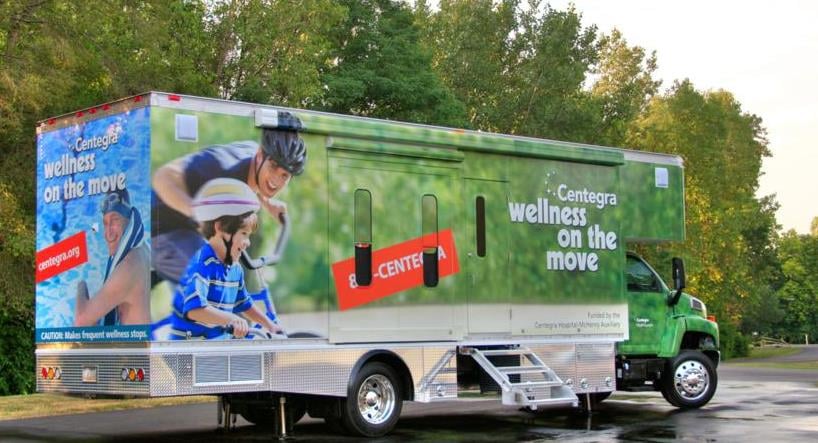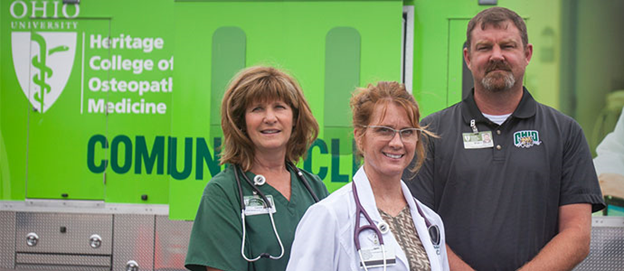If you only have 5 percent of the healthcare market in your service area, imagine if you edged up just 1 point to 6  percent. That is 20 percent growth for your FQHC or hospital. Consider a mid-sized hospital system with $350 million in revenues, that 20 percent growth is a significant $70 million.
percent. That is 20 percent growth for your FQHC or hospital. Consider a mid-sized hospital system with $350 million in revenues, that 20 percent growth is a significant $70 million.
It is rural hospitals that seem to need the most help. According to The North Carolina Rural Health Research Program (NC RHRP) at the Cecil G. Sheps Center for Health Services Research, there were 87 rural hospital closures from 2010 to 2018, equating to a 5% nationwide decrease in eight years. And the trend has been accelerating, with more closures year over year. Health care organizations, whether a large or small rural hospital, FQHC (Federally Qualified Health Center), or university health system, can help preserve and grow market share by embracing mobile medical clinics to broaden their geographic and demographic presence. In the age of major hospital mergers, this is even more of a pressing issue.
Here are just 2 of the 5 key ways they make it work:
1. Maintain Patient Relationships
A mobile unit reaches patients, usually on a regular prescheduled basis, close to their homes, at school or in the workplace. This strengthens patient relationships by working on a dependable schedule to bring healthcare to those who may otherwise not have adequate access. The mobile unit is a sign to the community that the provider is literally willing to “go the extra mile”!
An organization can schedule screenings in cooperation with local school districts and community organizations during  special events. In addition, coordinating visits to companies provides an extra benefit to employees and helps ensure a healthier workplace which can decrease lost productivity. Plus, a mobile unit is a huge billboard on wheels that travels the service area advertising not just a hospital, but a local organization that cares about its community
special events. In addition, coordinating visits to companies provides an extra benefit to employees and helps ensure a healthier workplace which can decrease lost productivity. Plus, a mobile unit is a huge billboard on wheels that travels the service area advertising not just a hospital, but a local organization that cares about its community
2. Promote Innovation & Modern State-of-the-Art Healthcare
Mobile healthcare programs increase market share. Patients want leading-edge healthcare services at a place that provides the latest technology. That’s why it is important to keep innovating your mobile medical service offering so the public samples the latest and greatest services close-to-home. Make sure your mobile unit is a well-maintained and roadworthy vehicle that will provide many years and hundreds of thousands of miles of service. Don’t let it look like somebody’s RV vacation home, or a converted school bus. Have warm and inviting high resolution graphics that wrap around the vehicle to project a safe and welcoming environment. Plus, maintaining the latest screening and procedure equipment on a leading-edge mobile unit allows you to share the equipment across multiple sites without further investment.
 According to Carole Merckle, BSN, RN, DTR, CDE, Assistant Director AHEC/CHP at Ohio University, they chose their first mobile medical unit from LifeLineMobile over 20 years ago. Because of their exceptional quality and responsive service, the college felt LifeLineMobile was the best choice to provide highly professional medical care to the rural communities they serve. Their first mobile unit from 1994 has since been retired, yet the Heritage College is now on the road with two newer mobile medical clinics.
According to Carole Merckle, BSN, RN, DTR, CDE, Assistant Director AHEC/CHP at Ohio University, they chose their first mobile medical unit from LifeLineMobile over 20 years ago. Because of their exceptional quality and responsive service, the college felt LifeLineMobile was the best choice to provide highly professional medical care to the rural communities they serve. Their first mobile unit from 1994 has since been retired, yet the Heritage College is now on the road with two newer mobile medical clinics.
The other 3 Ways to Preserve & Grow Your Health Care Market Share are:
- Attract, Hire and Train: Your People are Your Ambassadors
- Keep Out the Competition
- Mobile Health Clinics Bring Residual Income to Your Organization
To learn about these and other key factors, such as:
- The investment for a mobile clinic
- The payback
- And the estimated ROI
Click the button below to study our white paper.

